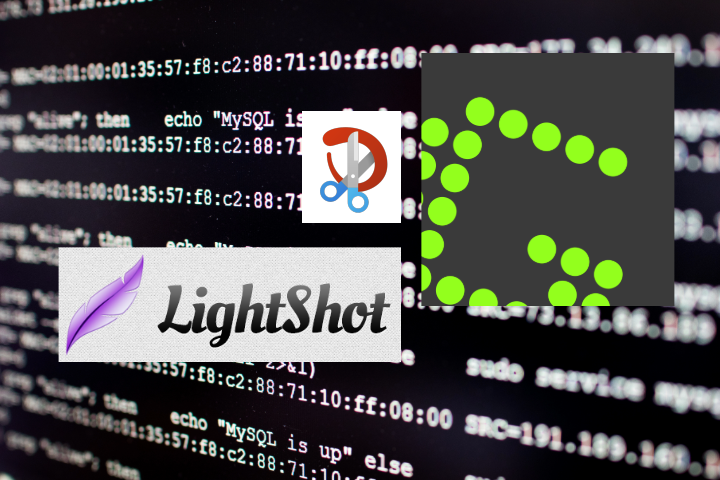
Mastering Screenshot Annotations: Why Arrows and Notes Are Your Best Friends
Hello fellow tech enthusiasts! Today, I want to dive into a hands-on, creative task that many of us tackle regularly: annotating screenshots. Whether you’re preparing a presentation, drafting an instructional document, or simply sharing knowledge with your team or friends, the power of a well-annotated screenshot cannot be overstated.
You might wonder why annotating screenshots with arrows and text notes is important. Here’s the deal: our brains are wired to process visual information quickly. A screenshot laden with clear, visual cues can convey your message far more efficiently than a lengthy explanation. Arrows direct the viewer’s eye to specific points, while text provides context—together, they create a narrative that’s instantly understood.
Top Ten Free Tools for Screenshot Annotations
- Microsoft Snip & Sketch: Already integrated into Windows 10 and newer, this tool is incredibly convenient for quick annotations. It’s my go-to when I need to jot something down in a hurry.
- Greenshot: For Windows users, this is a fantastic open-source option. It combines ease of use with robust features ideal for those who need a bit more control over their annotations.
- Lightshot: Available across multiple platforms, Lightshot is perfect if you’re looking for a lean, no-frills experience that gets the job done efficiently.
- GIMP: Though setting it up for quick annotations takes a bit of time, GIMP is a powerful open-source image editor that offers unparalleled versatility.
- Snagit: Though primarily a paid tool, its free trial is worth mentioning for those willing to try a more comprehensive tool for free—albeit temporarily.
- PicPick: PicPick is a fully featured screenshot tool for Windows that combines capabilities for screen capturing with a robust built-in image editor. It allows you to quickly annotate images with arrows, text, shapes, and other effects. I appreciate its user-friendly interface, making it a great alternative for both beginners and more advanced users who need to do some light editing and annotating.
- Markup Hero: As someone who values seamless integration with cloud storage, this web tool is excellent for online teams who share visual information often.
- Paint 3D: Comes with Windows and is useful for basic annotations. It’s not as advanced, but sometimes the simplicity hits the spot.
- Screenpresso: This is what I turn to when I need something that looks a bit more polished without leaving the realm of “free tools”.
- Flameshot: It’s open-source and cross-platform, which tickles the fancy of my inner tech enthusiast who swears by versatility and accessibility.
Ultimately, the choice boils down to your specific needs: whether you value speed, cross-platform functionality, or depth of features. But remember: whichever tool you choose, the combination of arrows and notes can turn simple screenshots into powerful storytelling elements. They transform abstract screen grabs into clear and compelling visual narratives. So go ahead, start annotating your way to clarity and understanding!